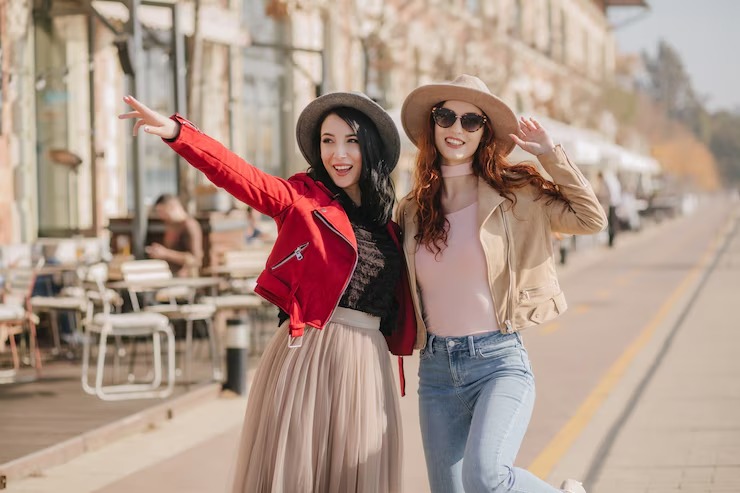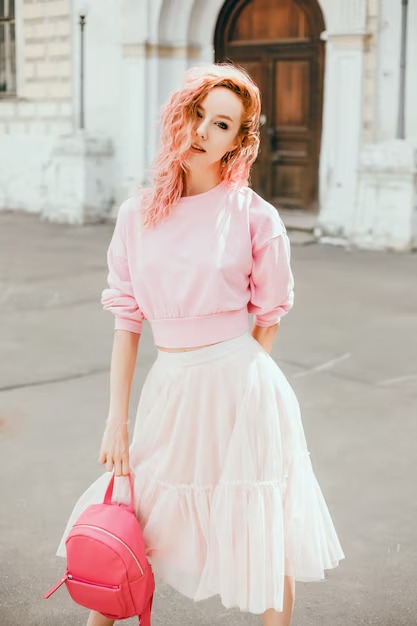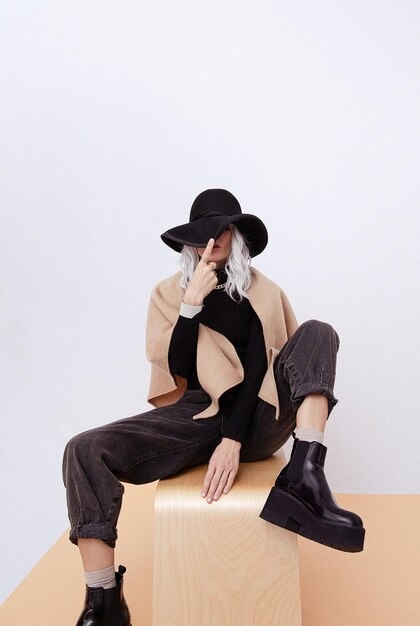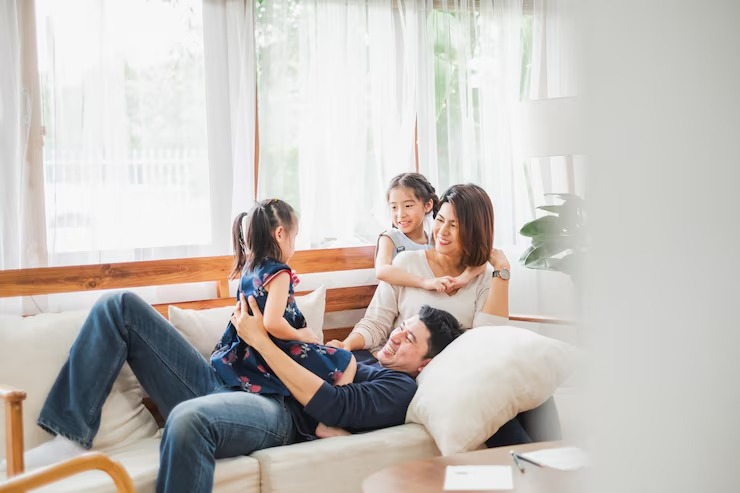Must-Know Tips for Fashion Beginners
Fashion is more than just clothing—it’s a form of self-expression, confidence, and creativity. For beginners, navigating the world of style can feel overwhelming, but with a few foundational principles, anyone can build a wardrobe that reflects their personality while staying practical and polished. Here’s a curated guide to help you start your fashion journey on the right foot.
1. Start with the Basics
A solid wardrobe begins with timeless essentials. These are the pieces that serve as the backbone of your outfits, offering versatility and longevity. Invest in high-quality basics that fit well and can be mixed and matched effortlessly.
Key Pieces to Own:
- A well-fitted white shirt: Perfect for layering or wearing on its own, it transitions seamlessly from casual to formal settings.
- Dark-wash jeans: A pair that flatters your shape and can be dressed up or down.
- A tailored blazer: Instantly elevates any outfit, whether paired with jeans or trousers.
- Neutral-colored T-shirts: Opt for black, gray, or navy for maximum versatility.
- Classic sneakers or loafers: Comfortable yet stylish footwear that works with multiple outfits.
2. Understand Your Body Type
Clothing looks best when it complements your natural silhouette. Take time to identify your body shape—whether it’s pear, apple, hourglass, or rectangle—and learn which cuts and styles enhance your proportions.
Quick Tips by Body Type:
- Pear-shaped: Balance wider hips with structured tops and A-line skirts.
- Apple-shaped: Draw attention upward with V-necks and empire waists.
- Hourglass: Emphasize your waist with fitted dresses and belts.
- Rectangle: Create curves with ruffles, peplums, and layered outfits.
3. Prioritize Fit Over Trends
Trends come and go, but a well-fitted garment always looks chic. Avoid buying pieces solely because they’re fashionable if they don’t suit your frame or lifestyle. Tailoring can transform an average item into a standout piece—consider hemming pants, taking in seams, or adjusting sleeves for a custom look.
Signs of a Good Fit:
- Shoulder seams align with your natural shoulder line.
- Pants or skirts sit at your waist without gaping or squeezing.
- Sleeves end at the wrist bone, not too short or too long.
4. Experiment with Color and Texture
Color can dramatically alter the mood of an outfit. Beginners should start with a neutral base (like black, white, or beige) and introduce pops of color through accessories or statement pieces. Similarly, playing with textures—such as knitwear, silk, or denim—adds depth and interest to your look.
Easy Color Combinations:
- Navy + mustard yellow
- Gray + blush pink
- Black + white (a classic monochrome pairing)
5. Accessorize Thoughtfully
Accessories are the finishing touches that pull an outfit together. A simple outfit can be transformed with the right jewelry, scarf, or bag. Start with a few key accessories and build your collection over time.
Starter Accessories:
- A leather watch or minimalist bracelet: Adds sophistication without overwhelming.
- A versatile tote or crossbody bag: Choose one in a neutral shade for everyday use.
- Scarves: Lightweight for summer, chunky knits for winter—they’re an easy way to add flair.
6. Develop a Personal Style
Fashion is deeply personal. Take inspiration from style icons, magazines, or social media, but adapt trends to suit your taste. Create a mood board or save images of outfits you love to identify recurring themes—whether it’s bohemian, minimalist, or edgy.
How to Refine Your Style:
- Clean out your closet regularly, keeping only what you wear and love.
- Try new silhouettes or patterns in small doses (e.g., a printed scarf before a bold dress).
- Pay attention to how certain colors or fabrics make you feel—confidence is the best accessory.
7. Care for Your Clothes
Quality pieces last longer when properly maintained. Read garment care labels, invest in a steamer or iron, and store items correctly (e.g., folding knits to avoid stretching). Simple habits like air-drying delicates or using wooden hangers for blazers extend the life of your wardrobe.
Basic Care Tips:
- Wash dark clothes inside out to preserve color.
- Store leather goods away from direct sunlight to prevent fading.
- Use a lint roller or fabric shaver to keep fabrics looking fresh.
Final Thoughts
Fashion should be fun, not stressful. As a beginner, focus on building a foundation of well-fitting, versatile pieces, and gradually introduce bolder choices as you grow more comfortable. Remember, the most stylish people are those who wear their clothes with confidence—so embrace your unique taste and enjoy the process.



